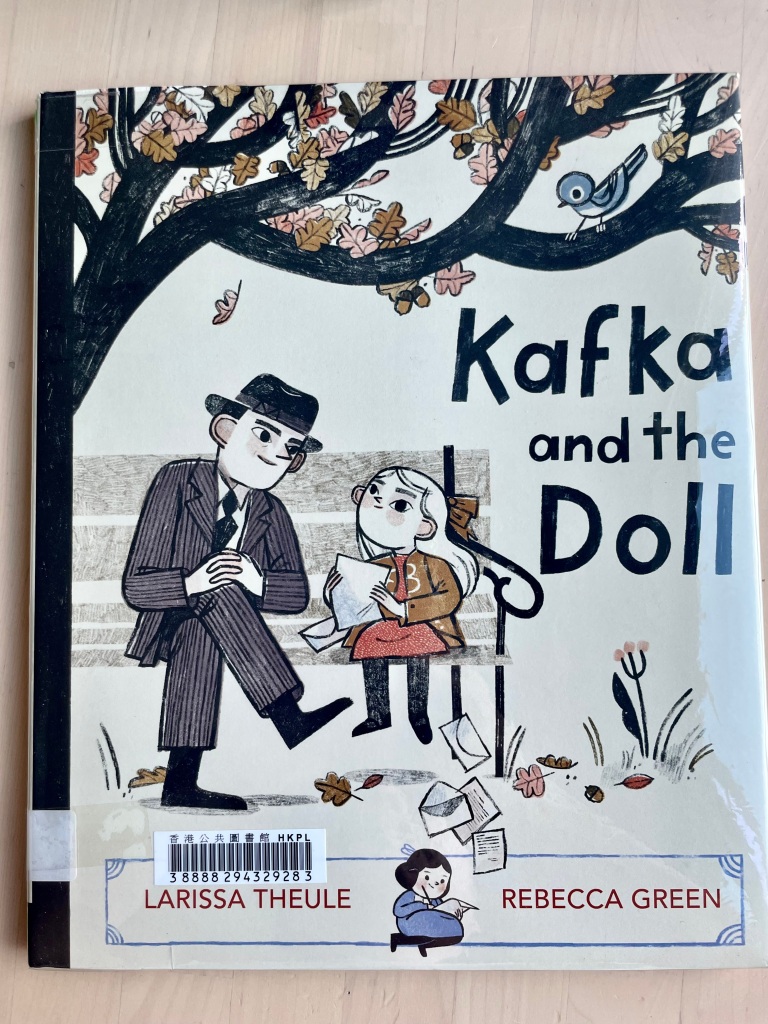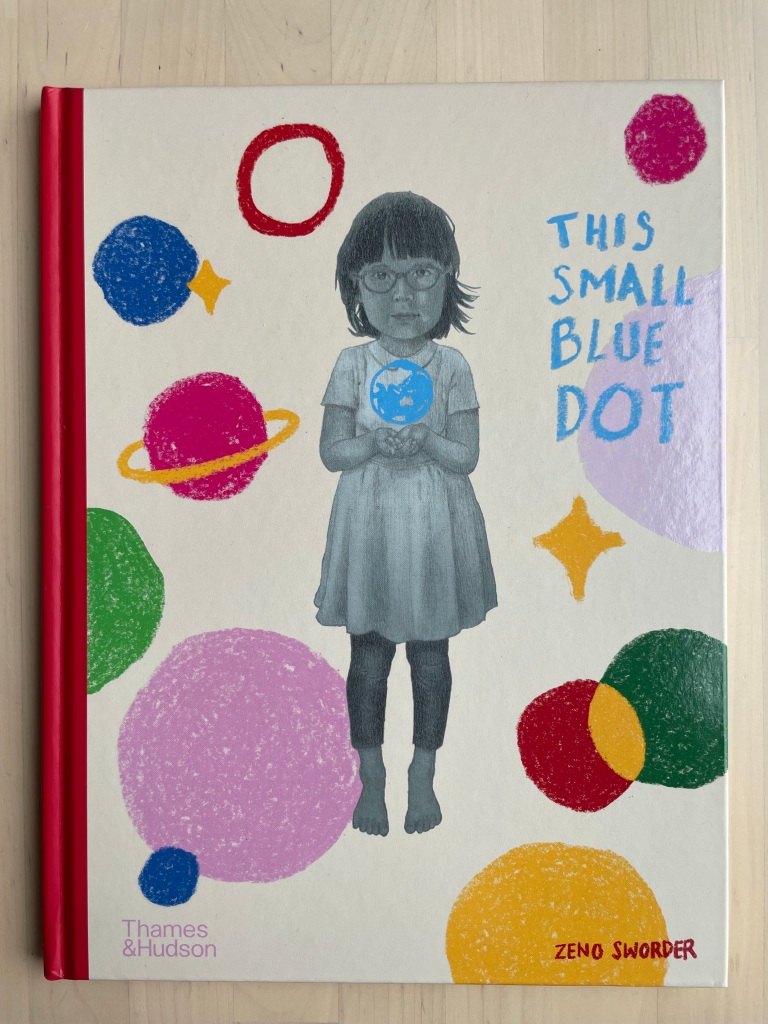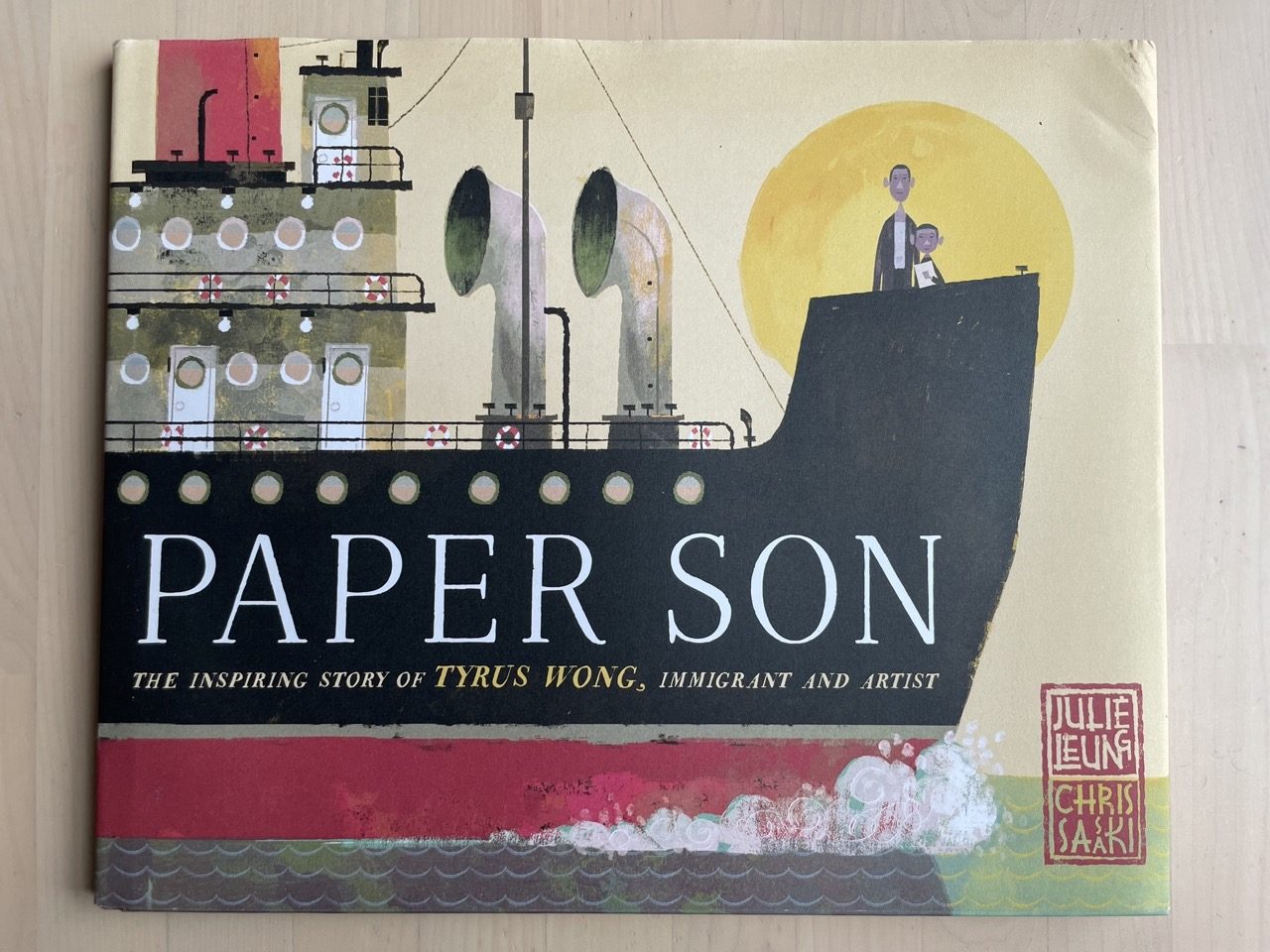By Maureen Tai, 12 September 2023

Who doesn’t love stories about random acts of kindness, gestures that belie the inhumanity that our species is so often capable of? And who doesn’t love these stories when they are based on reality, and accompanied by delightfully bold, rustic-coloured illustrations? Kafka and the Doll (ages 4-8 years) is such a picture book, a masterful imagining of the chance meeting between the legendary Czech writer, Franz Kafka, and a little girl. The grief-stricken girl has lost her doll and is crying in a park. Instead of turning a blind eye, Kafka tells the girl that the doll is not lost, but travelling. For the next few weeks, Kafka delivers letters to the girl, ostensibly written by her globe-trotting doll, in an effort to help ease the little girl through her loss. The letters are bright and cheerful, so even as the girl continues to feel the sorrow of loss, she can’t help but be happy for her doll.
The letters have never been found and to this day, the girl’s identity remains a mystery. Presumably, the doll was never recovered. But Kafka’s selfless act of generosity and kindness lives on, not only as an example of how we can care for one another but also as a testimony to the healing power of stories and words. A heartwarming and captivating read that might also encourage letter writing (not at all a bad thing in my opinion!).
Ages 4-8 years.



